At the June 25 meeting, the Churchill County School Board addressed two financial issues: the future of the district’s universal free school meal program and the renewal of its liability and property insurance.
For several years, the district has operated under the Community Eligibility Provision (CEP), a federal program that allows all students to receive free meals regardless of family income, without collecting applications. Previously, the district received a 90.98% reimbursement rate, which fully covered food service costs without requiring any funds from the district’s general fund.
However, the new federal reimbursement rate has dropped to 65.01%, leaving the district to cover the remaining 34.99% of meal program costs. Based on estimates, this would result in an additional $417,993 in annual costs, or roughly $41,799.31 per month over 10 months.
Superintendent Derild Parsons explained that this change represents the first time in years the CEP program would require additional funding. The board considered transitioning back to a traditional meal model, which would involve collecting free and reduced-price meal applications from families. Those who qualify would still receive meals at no cost, while those above the income threshold would be expected to pay the necessary amount. Under this system, the district would receive 100% reimbursement for students in the free and reduced categories, helping to stabilize funding.
In consideration of maintaining CEP, the board discussed using reserves from the Food Service Fund, which currently holds $356,857 that had been set aside for future kitchen remodels. This fund could cover most of the projected cost to continue the CEP model for one more year. If additional funds were needed, they could be drawn from the district’s general fund contingency.
Parsons noted the estimated $417,993 cost is conservative, and actual expenses could be lower depending on participation and operational efficiencies. Trustees debated the potential impacts of ending universal free meals, particularly for families who earn just above the cutoff for free or reduced-price eligibility. Trustees Wendy Bullock and Julie Guerro-Goetsch suggested strategies to support a smoother transition, including early outreach, education and additional help for families.
After weighing all factors, the board voted 6–1 in favor of transitioning away from the CEP model, effective Aug 1, with Trustee Wendy Bullock not in favor of the measure. The district will return to the traditional structure of paid, reduced and free meals and will provide assistance to families with the application process in the coming weeks.
In other matters, the board learned that the district’s liability and property insurance, provided through the Nevada Public Agency Insurance Pool (POOL), and its workers’ compensation coverage, provided through the Public Agency Compensation Trust (PACT), will decrease by 3.53%, in the upcoming fiscal year. Together, these programs are commonly referred to as POOL/PACT.
According to board documents, notable changes in district exposure include payroll increasing from $21,889,321 to $23,470,024; total insured values rising from $223,971,661 to $227,323,893; vehicle count increasing from 82 to 84; employee count up from 391 to 452; average daily student attendance decreasing from 3,000 to 2,893; and teacher count rising from 188 to 209. The deductible remains $50,000.
Despite these small increases, the new premium of $554,104.17 is down $20,290.94 from last year. Parsons and the trustees credited improved claims performance and updated risk assessments for the lower rate. The board voted unanimously to renew the coverage and agreed to continue reviewing policy terms and other potential savings opportunities.
Trustee Guerro-Goetsch acknowledged the difficulty of the choices before the board: “We’re doing our best to balance responsible budgeting with meeting the needs of our students and families.”
The district will monitor the impacts of the meal program change over the coming school year.v



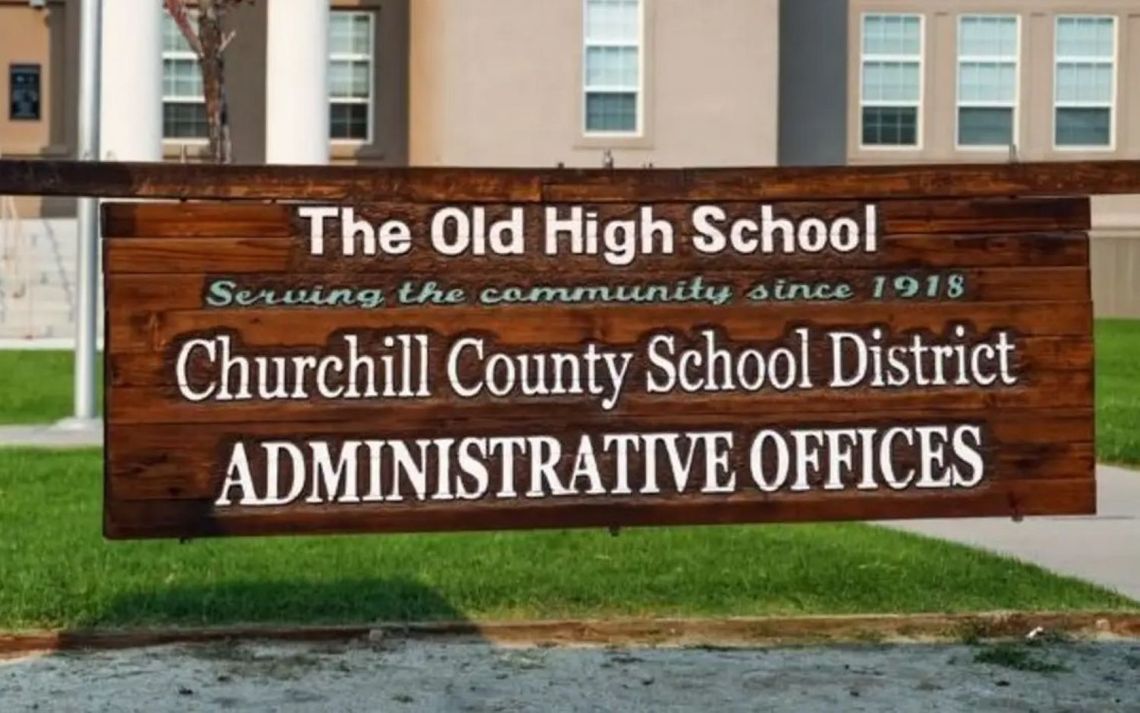
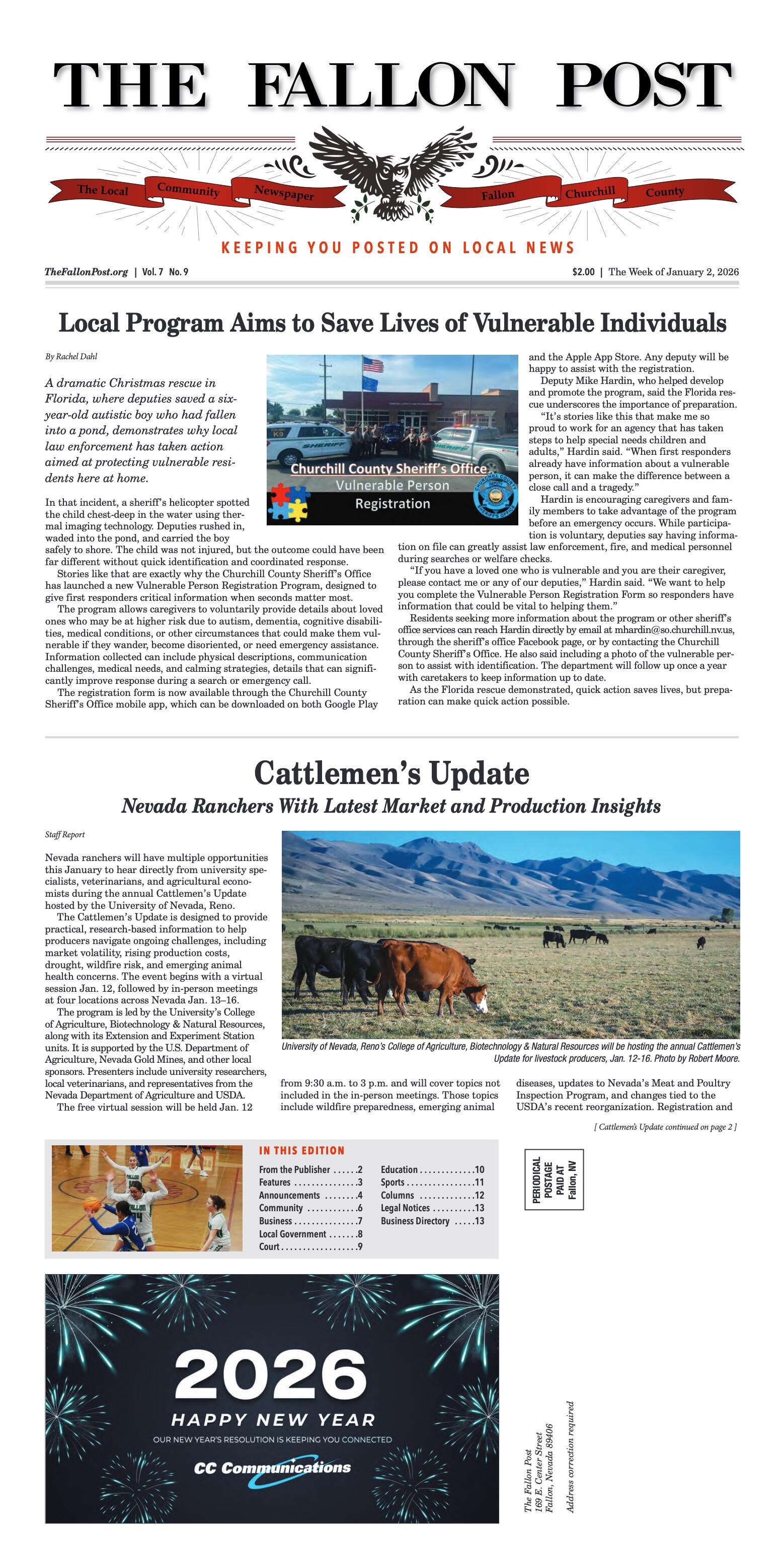
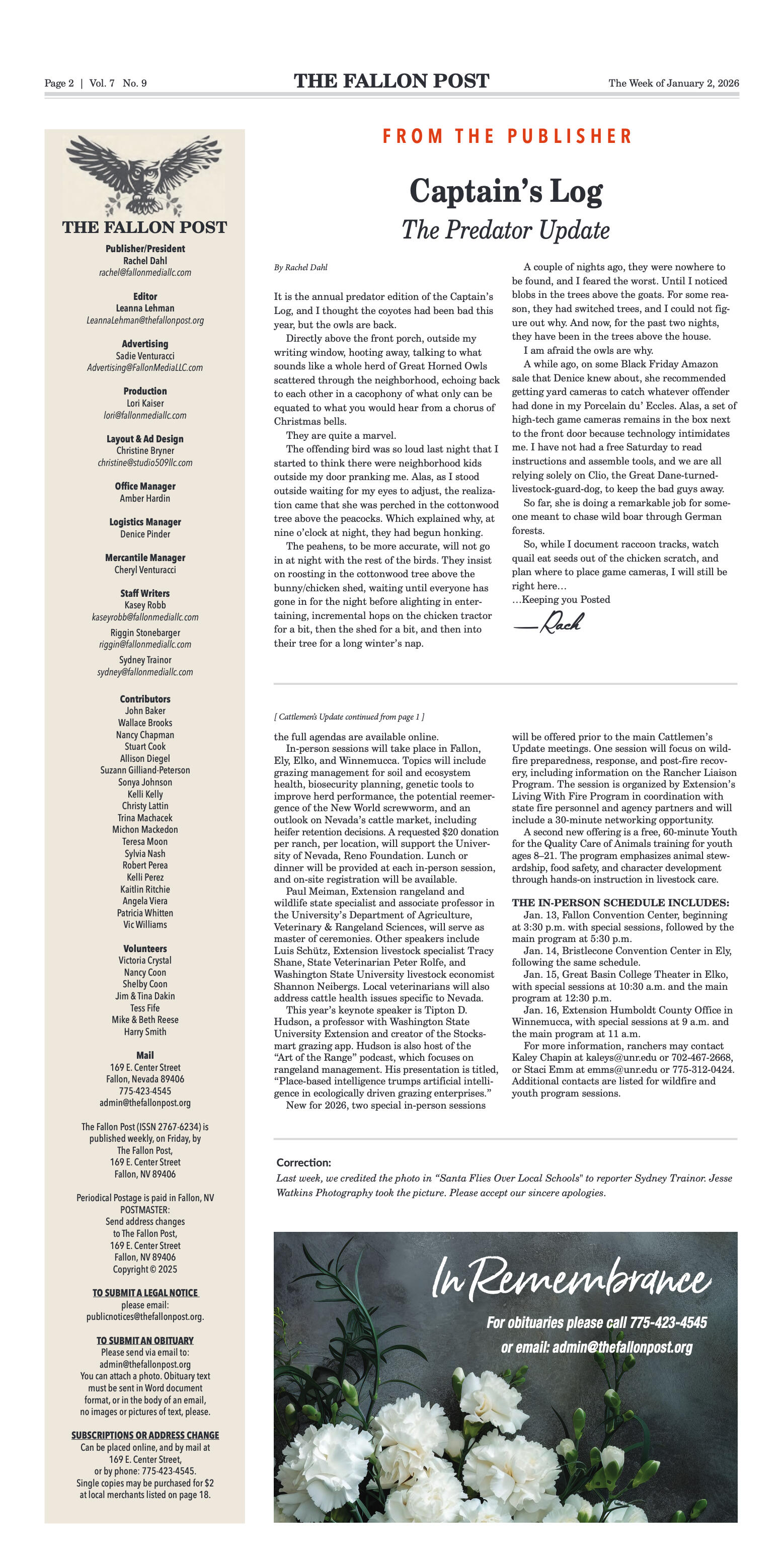


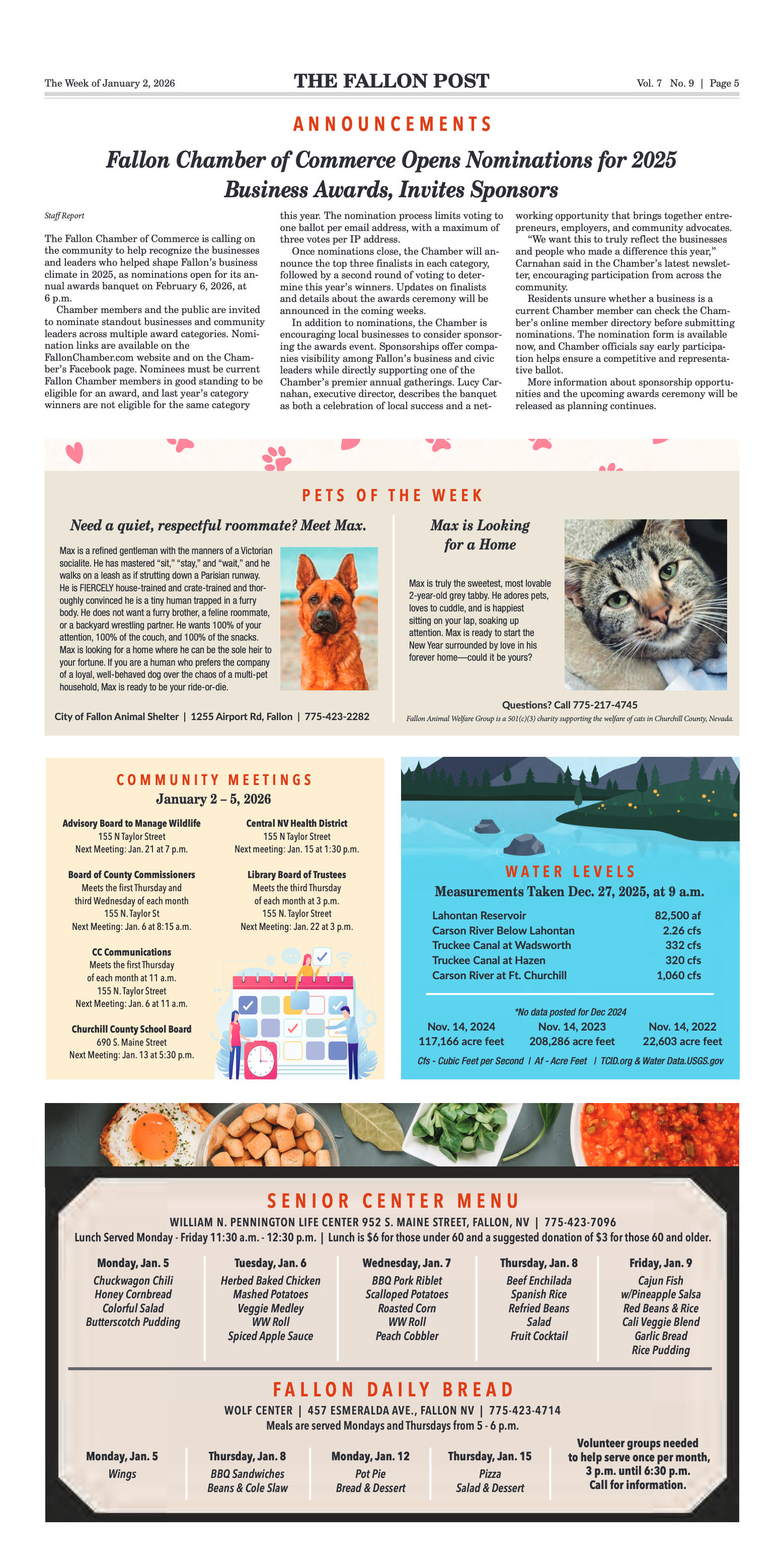
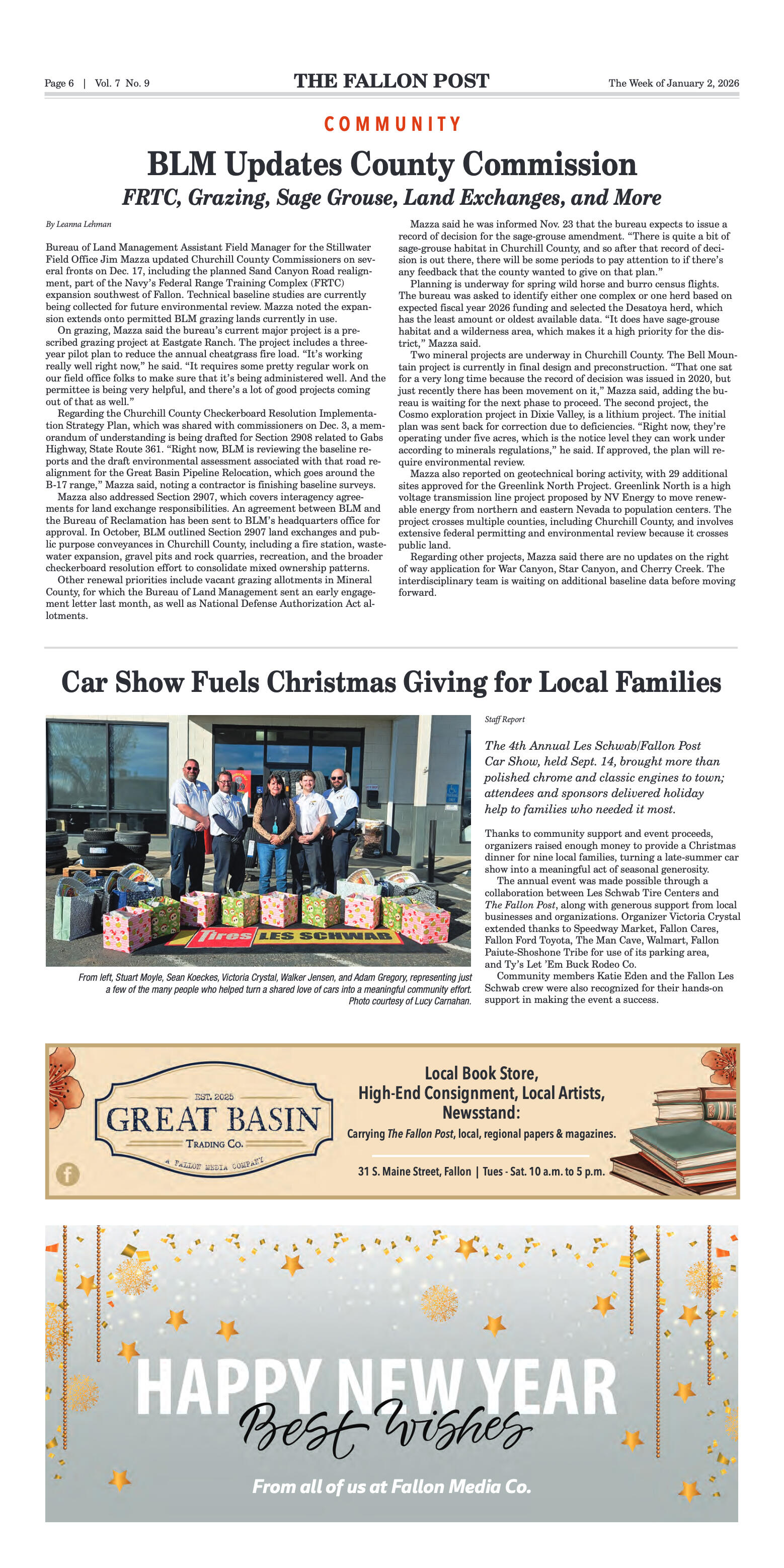
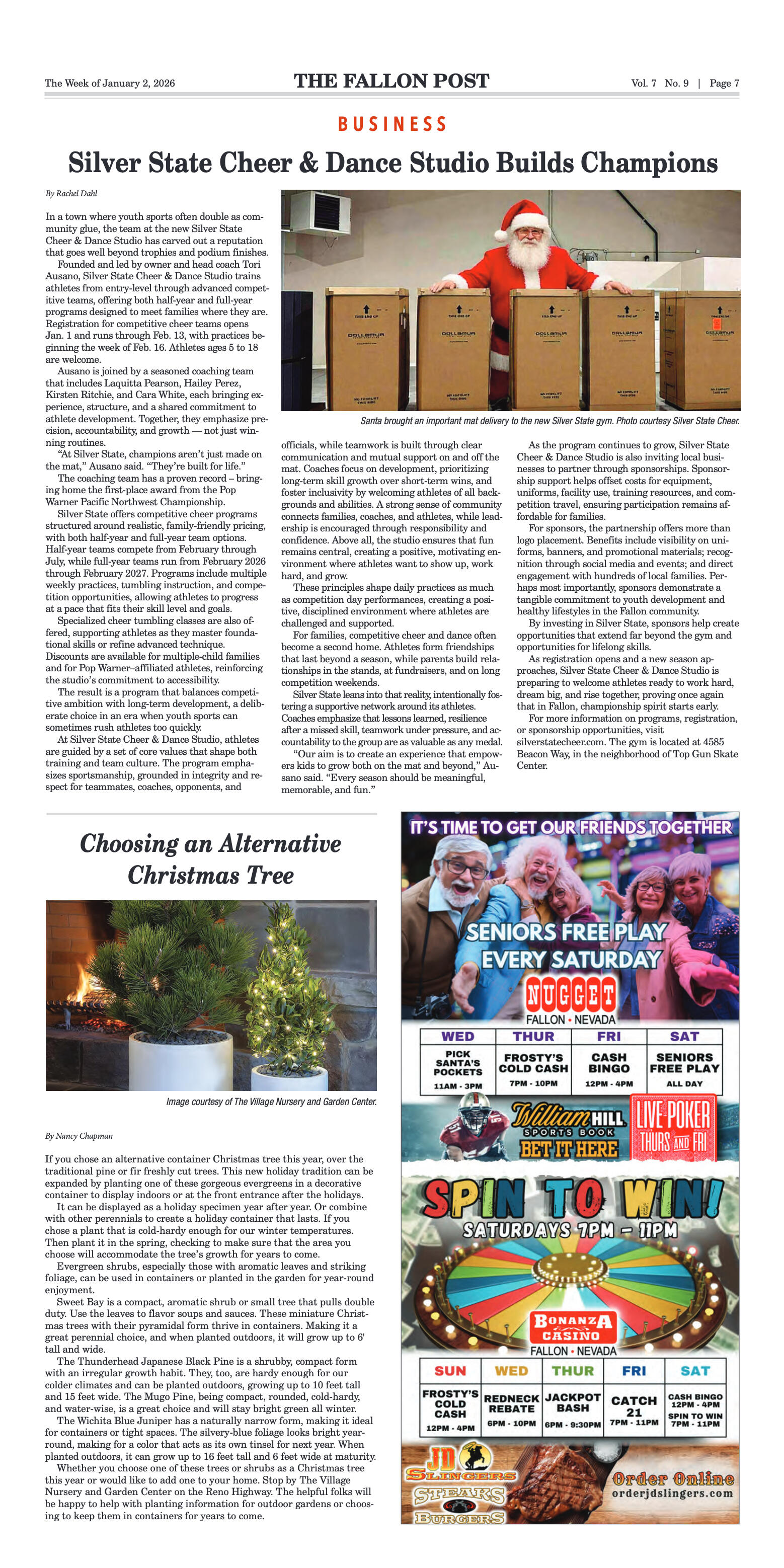
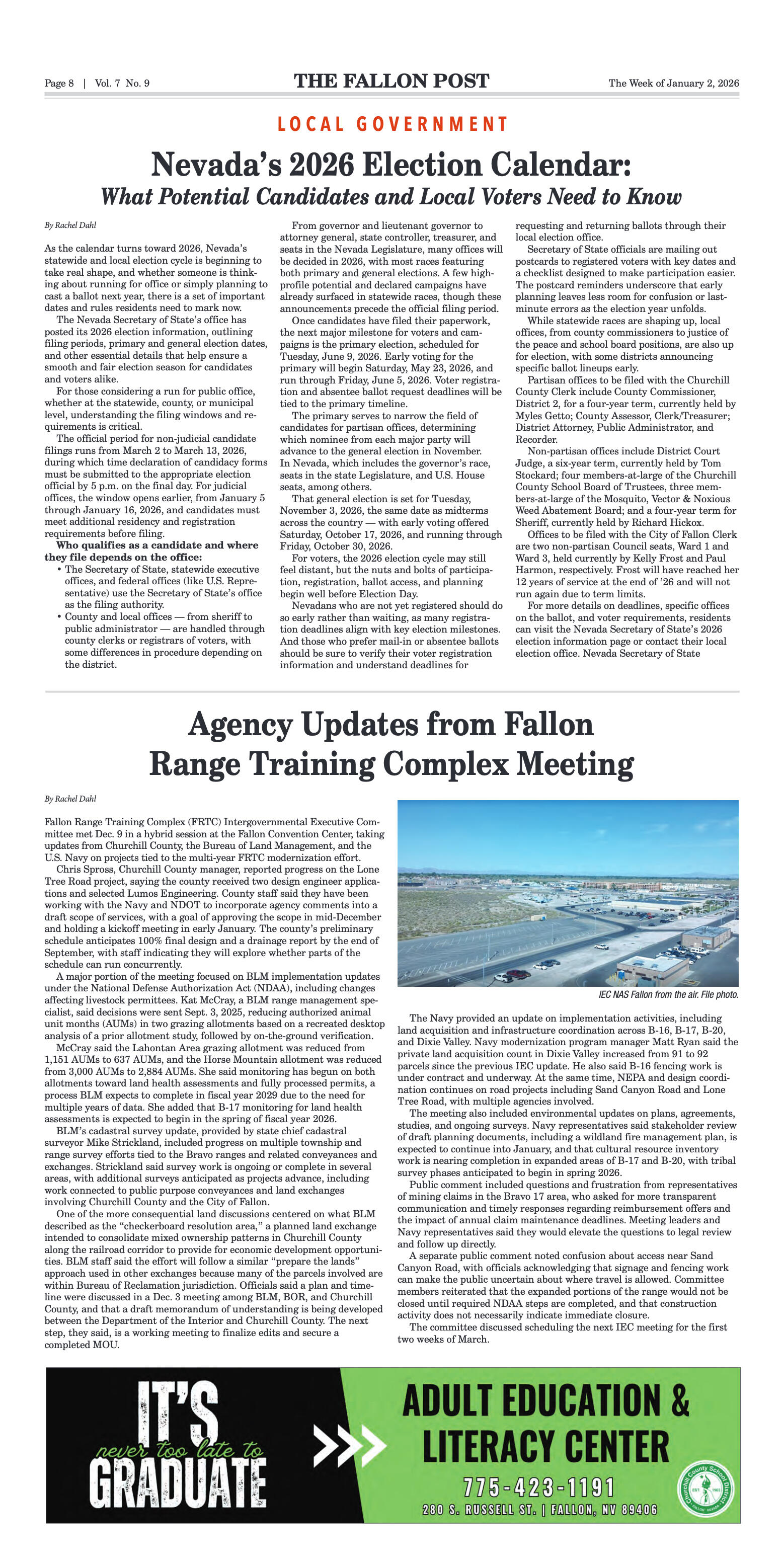

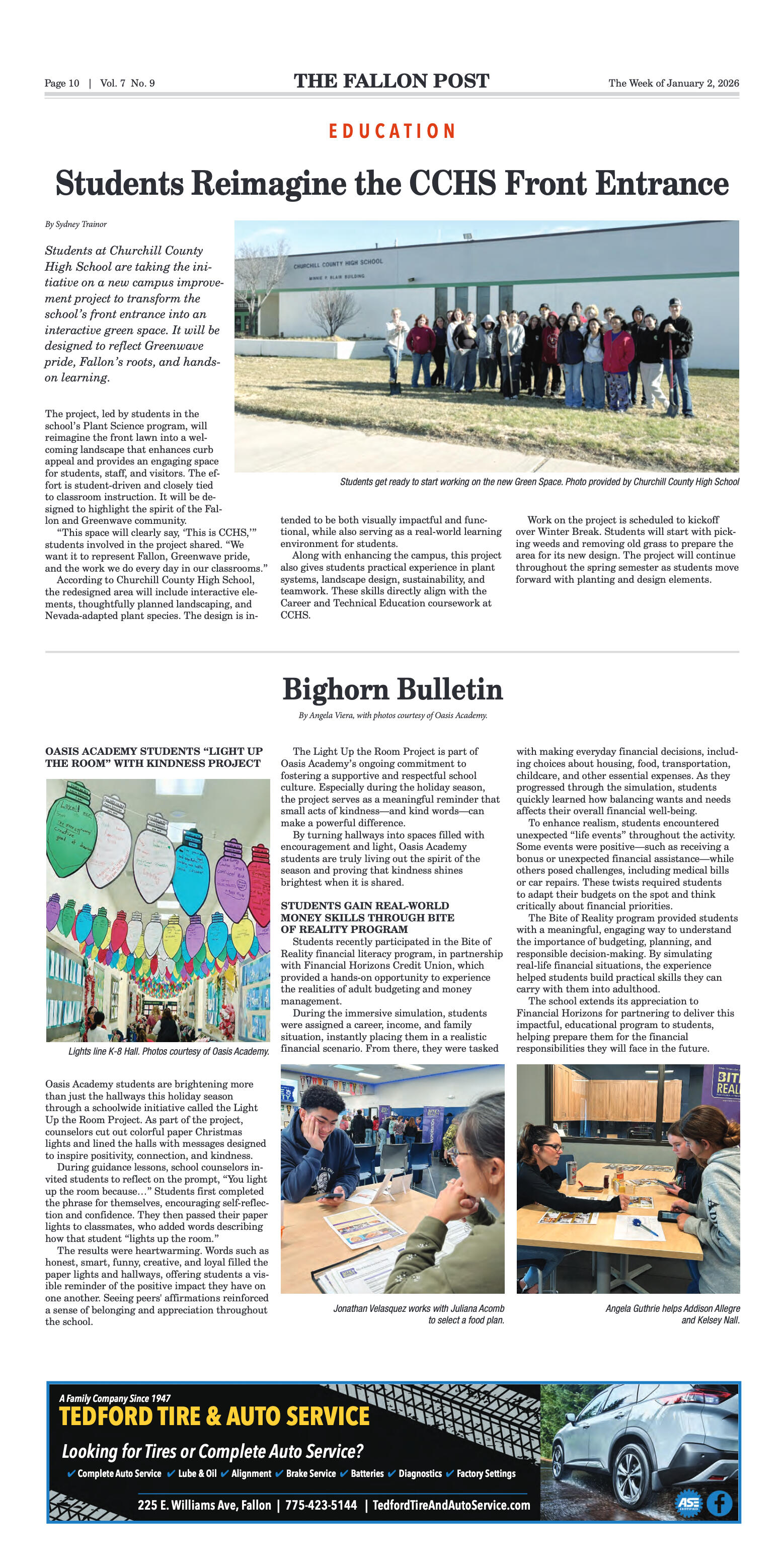

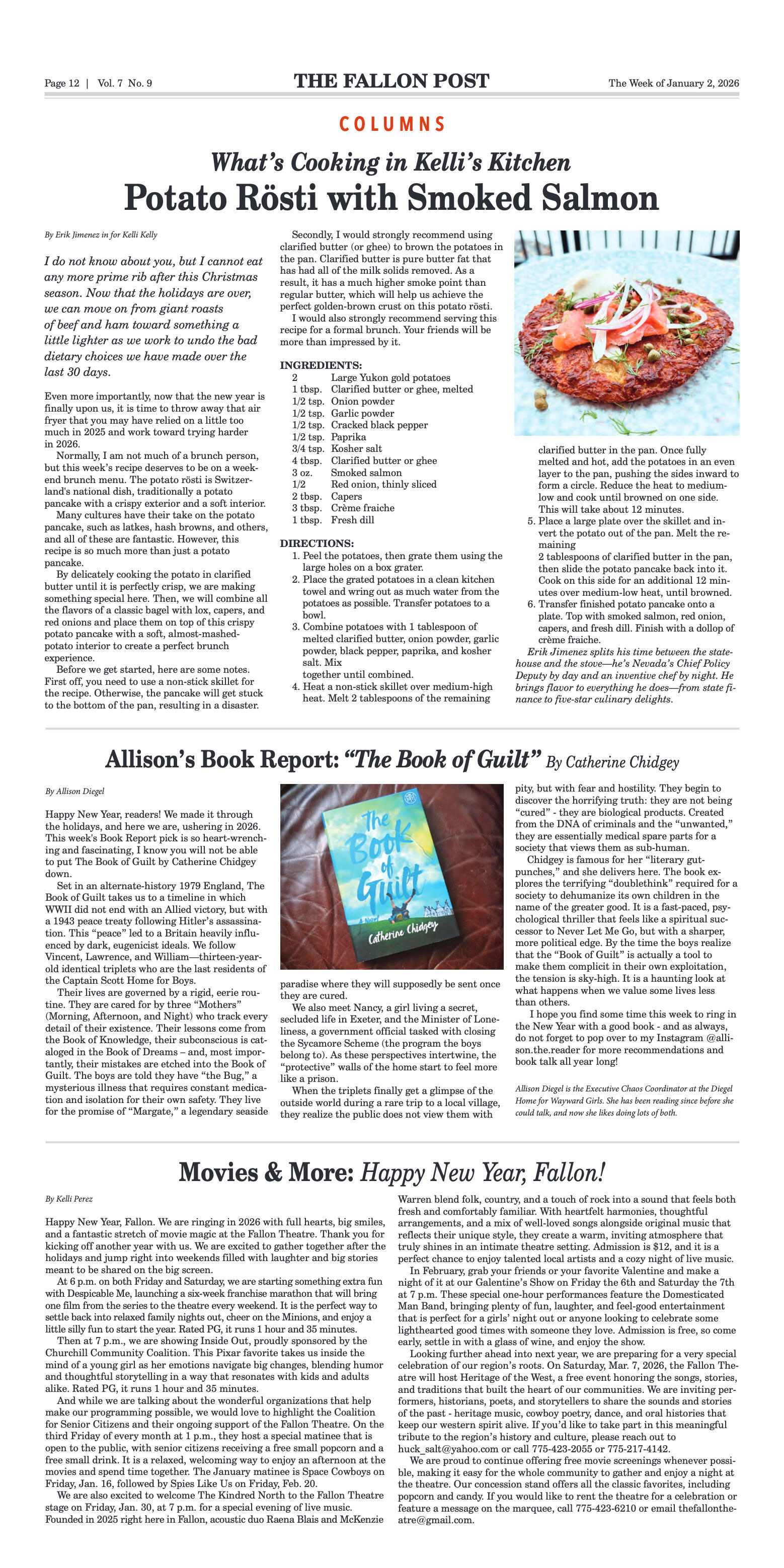
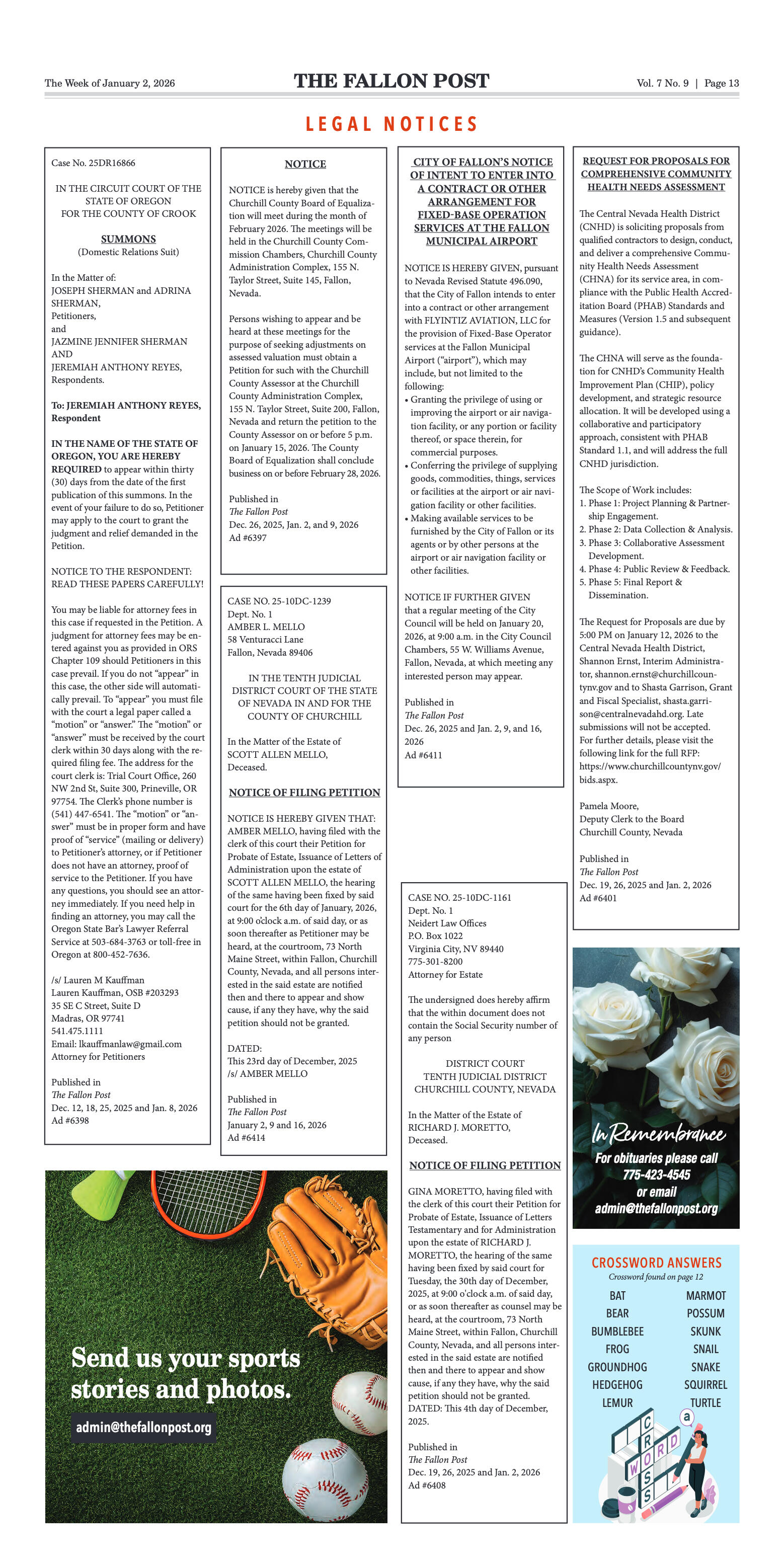




















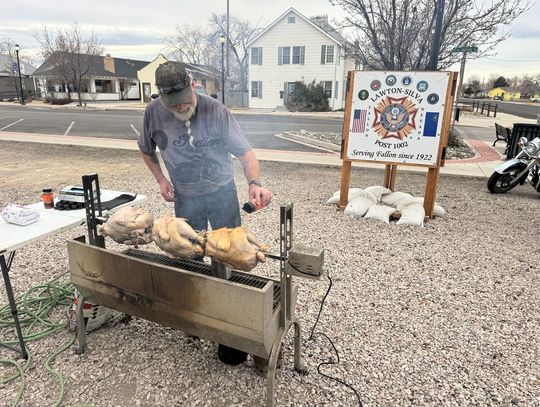





Comment
Comments